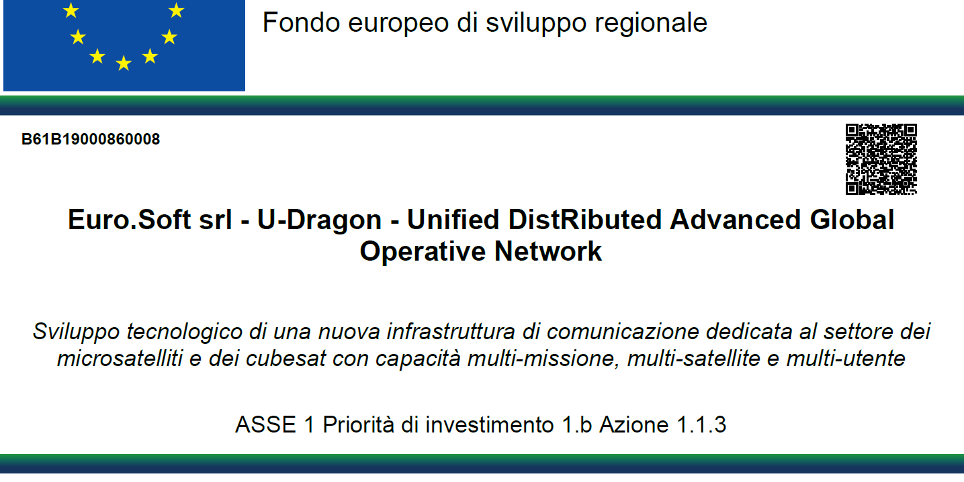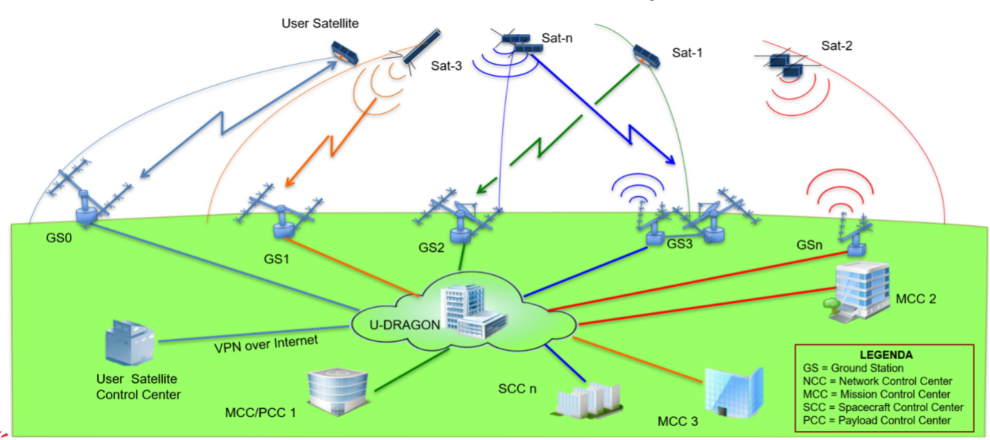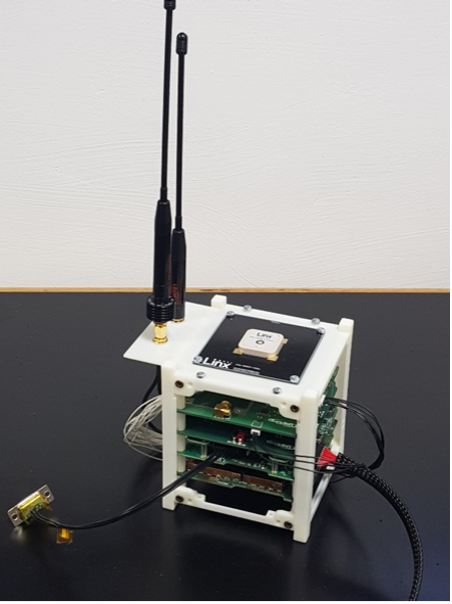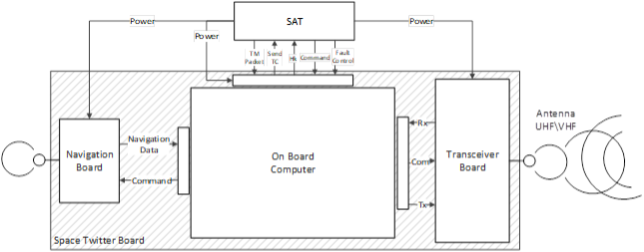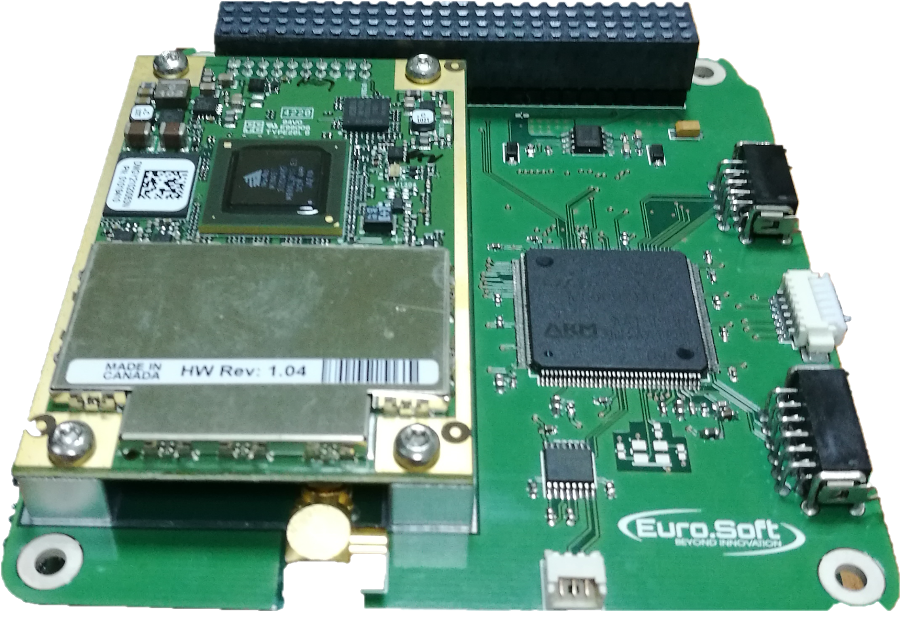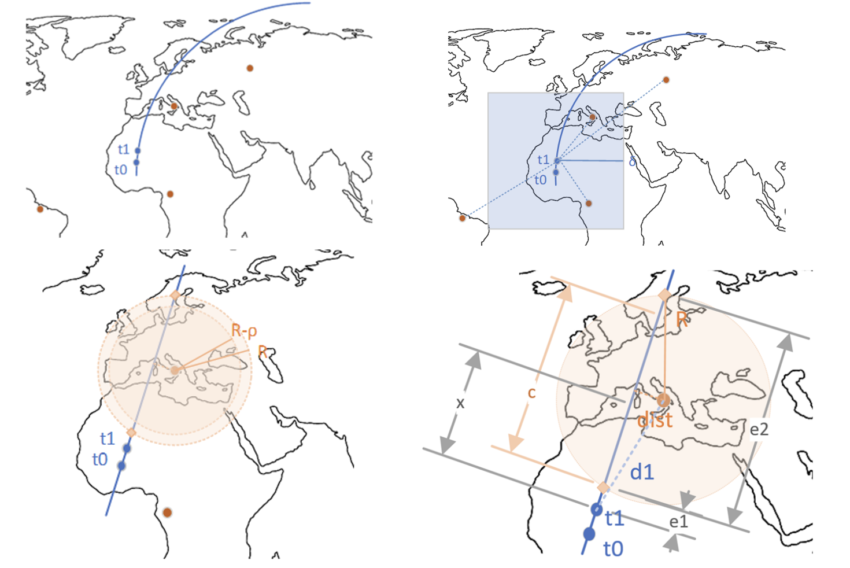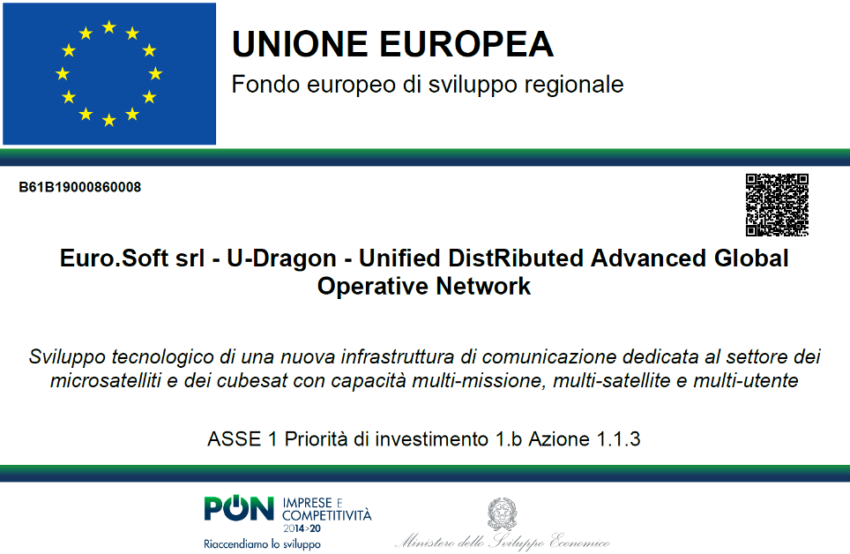U-Dragon – Unified DistRibuted Advanded Global Operative Network
The U-DRAGON (Unified – DistRibuted Advanced Global Operative Network) project was financed by the Italian Ministry for Economic Development (MISE) as part of the Large Projects Call – 2016. The Kick-Off of the Project was carried out in May 2018. Euro.Soft s.r.l. participated as partners together with GEM/Sistematica while the leadership of the Project was entrusted to Telespazio.
U-Dragon’s idea is to create a ground segment and services dedicated to the growing micro-/nano-satellite market.
To this end, U-Dragon will develop a ground network composed of several low-cost micro- and mini-satellite stations connected via the internet and managed by a Network Control Center – NCC.
As part of the project, Euro.Soft designed and developed a communication module for the flight segment: Space Twitter.
Space Twitter is an automatic low-speed data communication system for satellites in LEO orbit. It is equipped with a navigation subsystem, one for radio transmission (UHF / VHF) and one for data processing. Thanks to these subsystems and to the onboard software, the Space Twitter is capable of sending Telemetry and receiving remote controls in a completely automatic and independent way from the satellite that hosts it.
The creation of the space twitter was carried out by integrating flight-qualified HW (On Board Computer and UHF/VHF Transceiver) with specifically developed HW. In fact, a board has been developed for the processing of the visibility algorithm, called the Navigation Board, equipped with a Novatel GNSS receiver.
The details of the Project
Space Twitter can be used as:
- simple transponder, Space Twitter is used for tracking purpose. Space twitter communicates its identification code, position, speed and orbit at any passage on the dedicated ground stations, the reception of this telemetry is done by the micro stations, i.e. by the low cost UHF/VHF ground stations.
- automatic communication system in two configurations:
- 1) secondary communication element (in those missions where the primary communication is not frequent enough for the correct transmission of telemetry and reception of remote controls)
- 2) primary transmission element in missions where there is a need to transfer small data but very frequently.
- Traditional Communications System
In the transponder and Automatic Communication operating modes, the Twitter Space performs the processing of the visibility algorithm.
The function determines the “visibility cones” for all the Groud Station. The visibility cones are a function of:
- Satellite Altitude
- Type of Station (antenna, natural obstacles ecc..)
- Range of Station orientation and tracking capability.
The function determines:
- if the Satellite is in visibility with GS
- the time of entry into the visibility cone.
- the time spent in the visibility cone

